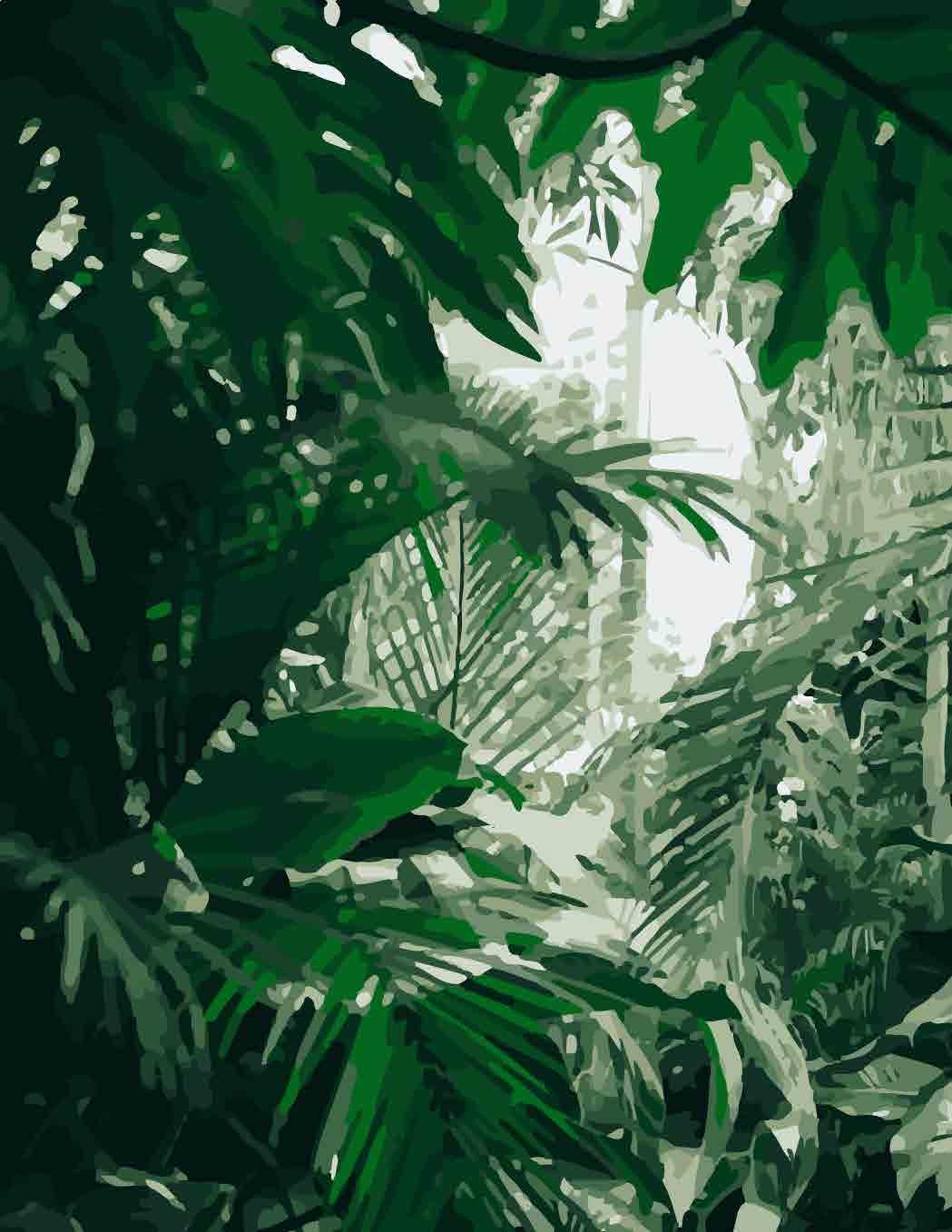
2 minute read
Conclusions
Even though tropical architecture can be seen as a simple form of architecture, the numerous design parameters behind it can become overwhelming. This complexity is probably one of the many reasons why it’s not widely implemented throughout the industry. We live in a time where technology can provide us with many advantages and opportunities to better our lives. Active design has been at the forefront of architecture because of its convenience and comfort. The invention of the air conditioner has made it possible for people to live comfortably no matter the type of climate they find themselves in. Unfortunately, we also live in a time where climate change is affecting our everyday life, where each summer breaks the record for being the hottest ever, and where the winters are either colder or hotter than before, depending on the week.
This design proposal intends to establish that Puerto Rico should take the opportunity to reflect on its design typologies and its lifestyle to find a more suitable way of living. Tropical architecture and passive design do take time to understand, evaluate, and implement in any project, but the benefits of their use outweigh the overall cost in the long run. Puerto Ricans already must be bare the weight of living on an island with the highest sales tax and the highest electrical bills in the United States. The project aims to demonstrate a fresh new take on housing for the average Puerto Rican, one that is designed to take advantage of the island’s climate to provide comfort without having to compromise the wallet.
The site selection for the design proposal was done to have a blank canvas to implement the design parameters in a place that geographically provided the most benefits, that being winds, views, leveled ground, and proximity to a city center. As a future exploration, those same parameters can be applied to a more urban location, such as Santurce, San Juan, or Caguas, PR. Choosing a new site where the intensity of the winds is not as strong as on the coast will be an interesting challenge. While the prevailing winds are always in the same direction, the way they react with neighboring structures can influence the overall orientation of the proposal. In an urban area, the shadows from the surrounding buildings and the heat island effect are also other parameters that need to be taken into consideration.
A more in-depth exploration of materiality should be done as well. While reinforced concrete without insulation is the main building material used in Puerto Rico due to its reliability against hurricanes, technology has developed and reinterpreted numerous materials that can be used in the tropics. Any construction material that can withstand both hurricanes and earthquakes should be studied to see its viability in Puerto Rico. This assessment can be beneficial as it can create a new industry on the island and teach a new generation of builders specialized in what works efficiently.
94




